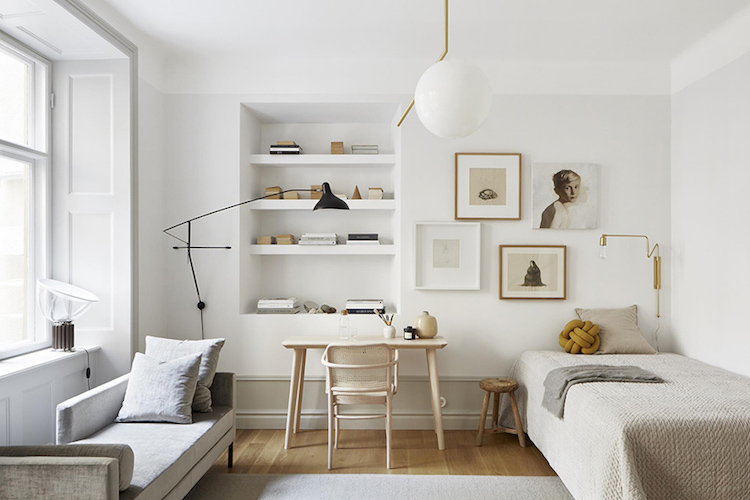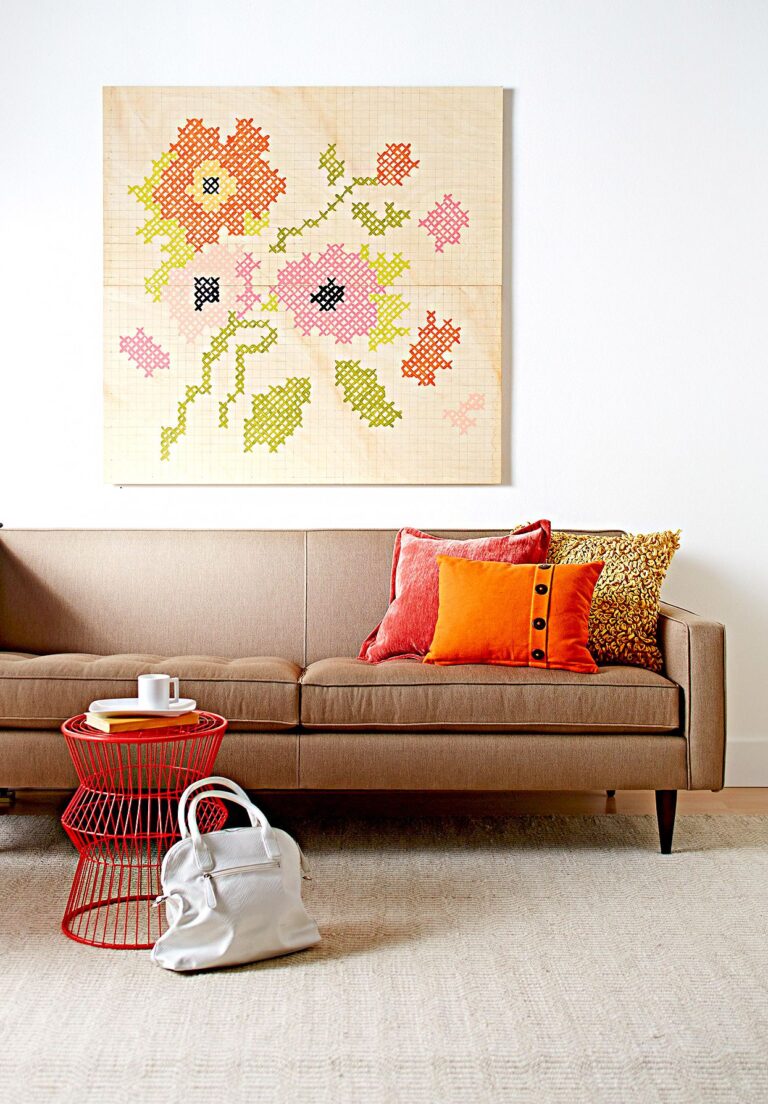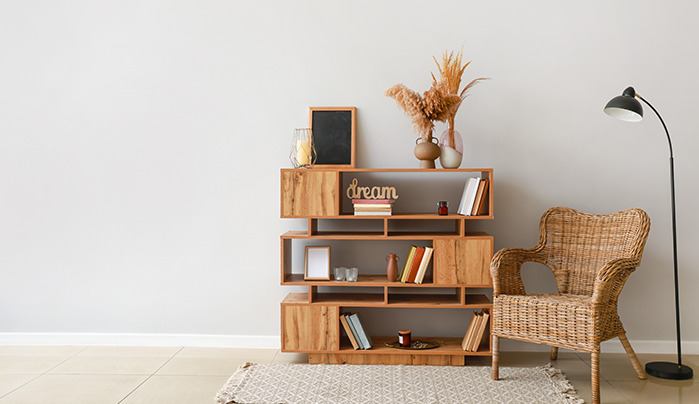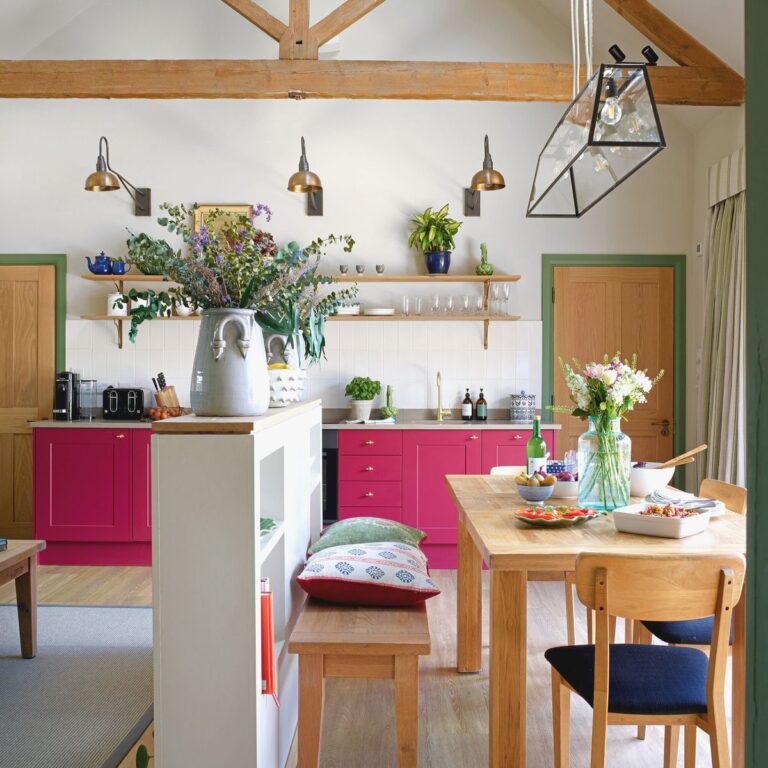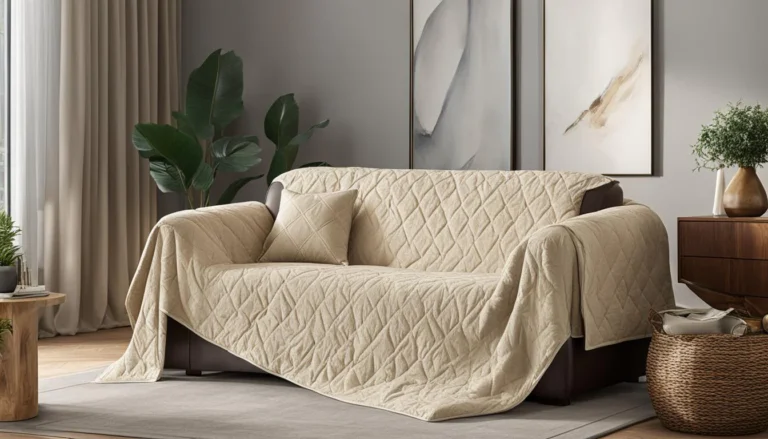How to Arrange Furniture in a Small Room: 7 Practical Solutions
Small rooms are always a challenge. Limited space demands not only functionality but also creative thinking. Well-arranged furniture can visually expand a room, make it comfortable, cozy, and organized. In this article, we’ll share how to arrange furniture in a small room with attention to comfort, ergonomics, and aesthetics. You’ll discover 7 universal techniques to make even the tiniest room stylish and functional.
Why Furniture Layout Is the Key to Interior Harmony
Even the most expensive furniture can lose its appeal if placed poorly. Smart space planning affects:
- The sense of freedom and coziness
- Natural light and airflow
- Ergonomics and safety
- Visual perception of space
Small rooms are especially sensitive to clutter, so maintaining a balance between needs and visual lightness is essential.
1. Use Multifunctional Furniture
In limited spaces, every piece of furniture should serve more than one purpose. Multifunctional furniture saves space and eliminates the need for excess items.
Examples of multifunctional furniture:
- Sofa beds or armchairs with storage compartments
- Beds with drawers or lift-up storage
- Convertible tables (coffee to dining)
- Ottomans or benches with built-in storage
This type of furniture not only saves space but also makes the interior flexible and adaptable.
2. Keep the Center of the Room Clear
The central area of a room should remain as open as possible. This creates a sense of airiness and visual lightness.
What you can do:
- Push furniture toward the walls (if the layout allows)
- Avoid heavy tables or chairs in the middle
- Use rugs and lighting for zoning instead of bulky items
Even small shifts of furniture toward the edges can make the space feel larger.
3. Zone the Space Visually
Zoning is essential, especially when a single room serves multiple functions: sleeping, working, dining, etc.
Zoning methods that avoid clutter:
- Accent colors on walls or textiles
- Different lighting types (wall lights, pendants, floor lamps)
- Rugs of varying shapes or colors
- Room dividers, curtains, or open-back shelves
Table: Zoning Techniques for Small Rooms
| Zone | Best Zoning Methods | Example Furniture |
|---|---|---|
| Sleeping Area | Light room divider, low shelving, textiles | Bed with drawers, soft headboard |
| Work Area | Floor lamp, small rug, accent wall | Compact desk, wall-mounted shelves |
| Living Area | Sofa, pendant lamp, rug | Corner sofa, convertible coffee table |
4. Use Wall Height
When you’re short on floor space, go vertical. Walls offer more than just a place to hang pictures.
Solutions include:
- Wall-mounted shelves and cabinets up to the ceiling
- Tall bookcases
- Hanging storage systems
- Hooks, rails, and organizers
This clears the floor, keeps the space tidy, and visually elongates the room.
5. Choose Light-Colored Furniture
Light-colored furniture and finishes visually enlarge the room. White, beige, and light gray work especially well with natural textures.
Helpful tips:
- Opt for glass or mirrored elements
- Use glossy surfaces
- Mix with accent details (pillows, art, plants)
A light palette makes a space feel more open and breathable.
6. Use Mobile Elements
Light and mobile furniture is easier to adapt to changing needs. Casters, folding mechanisms, and lightweight materials all make the space more dynamic.
Examples of mobile furniture:
- Rolling serving carts
- Fold-down wall-mounted tables
- Folding chairs
- Storage trolleys
These items can be stored, moved, and transformed effortlessly.
7. Make Use of Corners and Niches
Corners are often wasted space — and that’s a missed opportunity. Corners can be ideal for practical solutions.
Corner placement ideas:
- Corner shelves or cabinets
- Corner desk or workspace
- Corner sofa or armchair
- Corner coat rack or mirror
Using corners maximizes space without crowding the center.
List of Tips for Furniture Placement in Small Rooms
- Minimize the number of items: better to have 2 useful pieces than 5 cramped ones.
- Avoid duplicate furniture serving the same function.
- Steer clear of stark color contrasts — they chop up the space.
- Use mirrors to add depth.
- Plan the layout in advance, even as a quick sketch on paper.
FAQ: Frequently Asked Questions
1. What furniture style works best for small rooms?
Minimalist, Scandinavian, Japanese, and modern styles — they feature compact, functional forms without visual clutter.
2. How can I make the room look larger?
Use light colors, mirrors, furniture with legs, tall shelving, and layered lighting.
3. Can I fit a full-sized bed in a small room?
Yes, if you use a bed with drawers, avoid bulky headboards, and place it along a wall.
4. How can I create a workspace in a bedroom?
Choose a compact desk, folding chair, and separate the zone visually with a rug or lighting.
5. What if the room is dark and cramped?
Go for light-colored furniture, avoid cluttering the walls, use layered lighting, and strategically place mirrors.
A compact space isn’t a limitation — it’s an opportunity for creativity. Smart furniture placement can turn even the smallest room into a comfortable, stylish, and functional place to live, rest, and work.
